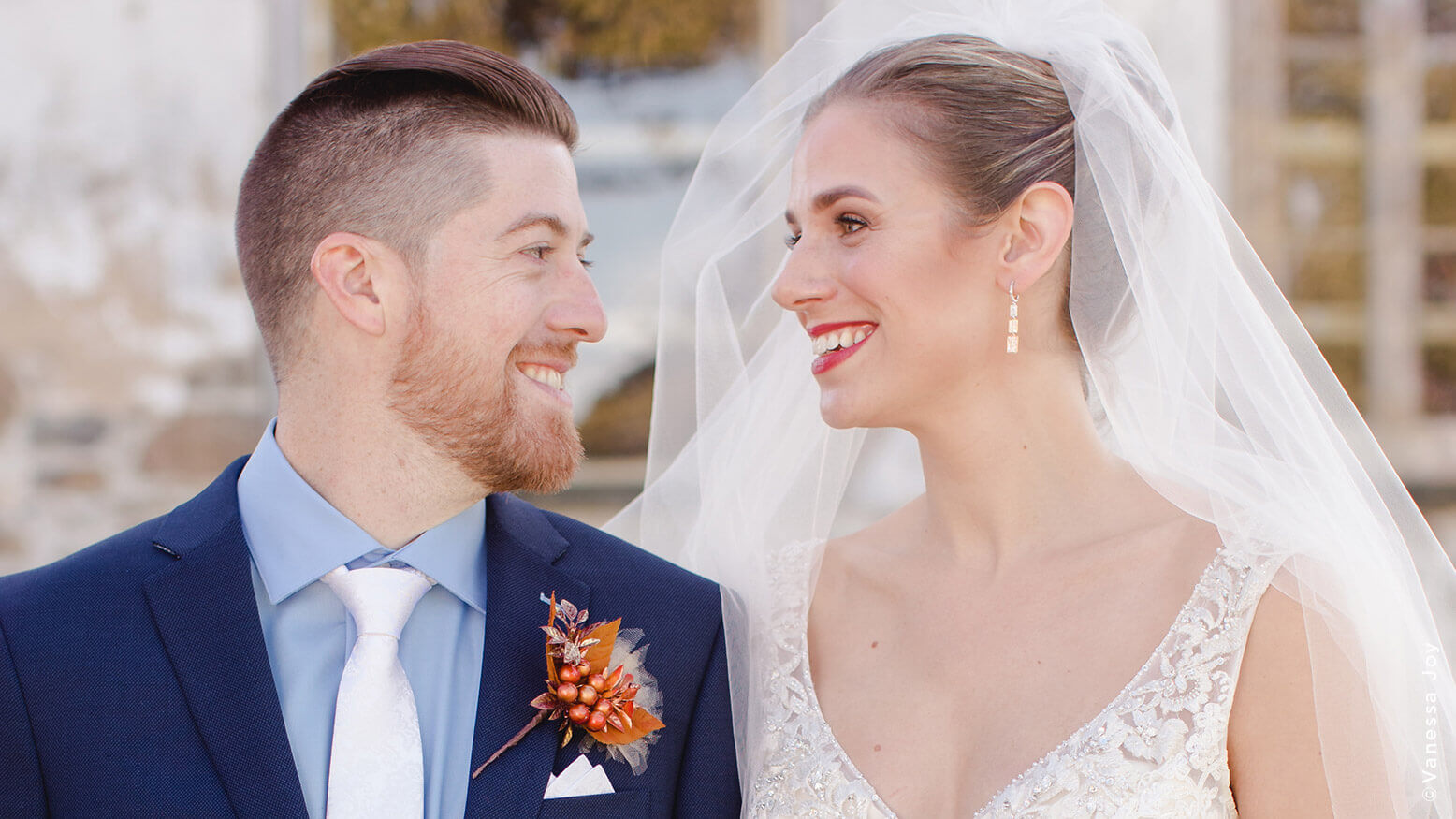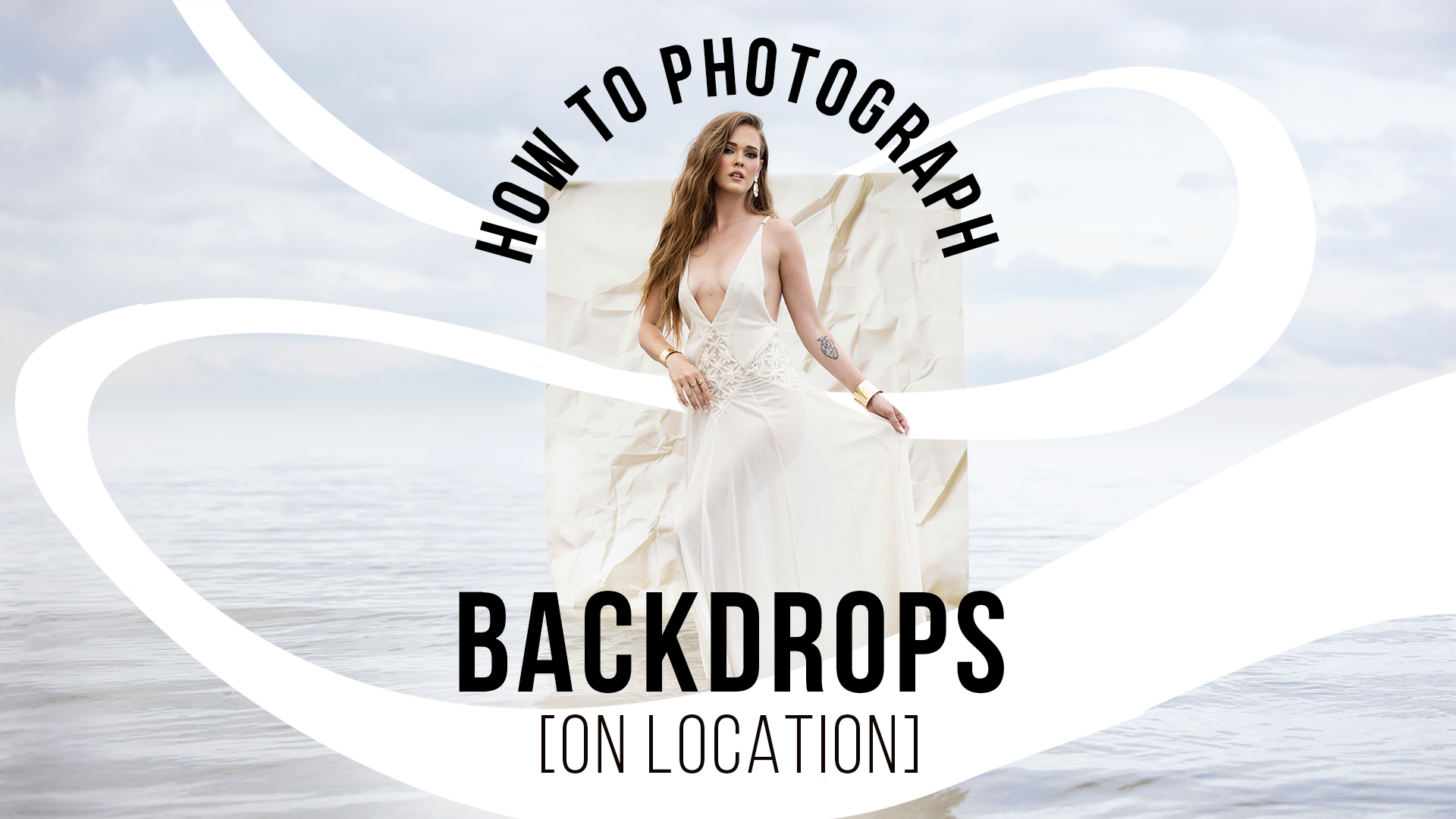How to Keep Your Photography Style Consistent Outside Your Genre with Vanessa Joy
I do not like photographing families. It’s just not my thing. Call me crazy, but I prefer dealing with adults I can connect with, not children I have to manipulate to get to do what I want. The same goes for teaching. I love teaching photography and business, but hated teaching elementary-school Spanish.
As much as I like to concentrate on photographing weddings, every once in a while a family comes along, and for whatever reason, I just want to photograph them. Whether you’re like me and try to stay within a niche or you’re a photographer who dabbles across the world, staying true to your brand can be difficult when you cross genres. Whether you’re shooting portraits, weddings, headshots, products or seniors, here are some ways to keep consistency throughout your photos.
Shooting Style
It all starts with how you snap the picture. Choice of lens, aperture, shutter, ISO and white balance all come into play in keeping a consistent look no matter what or who you’re photographing. I love the compression of a longer lens, so I tend to shoot everything at 50mm or longer.
I also enjoy a lot of bokeh and softness in my images. Unless I’m photographing product shots that need a ton of detail from front to back, I’ll have my f-stop set around 2.5 to 3.2. Combine that with a longer lens, and you’ve got backgrounds like butter for days.
If you’re not sure what your shooting style is, hop into Lightroom or Photo Mechanic and start looking at your favorite images and their settings. At what apertures do you typically shoot? What are some similarities between your favorite portfolio images? Reverse-engineering your style can help you learn a lot about what you’re trying to achieve and get you there even faster. This method is one of the reasons I came up with the Posing Inspo Guide I give away free here: https://bit.ly/2DMLUdm. It came about mostly from me taking a good look at my shooting style.
Don’t neglect the types of things you photograph. I’m a detail person, and on weddings, I love photographing all the little details. Photographing family sessions is no different. I concentrate on florals, wardrobe and breakdowns of the family members. If nothing else, it’s more material that’ll be great for telling a complete story in an album afterward.
Lighting
Lighting is the backbone of all photography. Photographers need to look for light before anything else. Understanding how you want your photography to look and then applying a lighting style to realize that vision is the mark of a professional photographer.
I shoot with a fairly flat light on my subject’s face and rim light coming from behind at a 45-degree angle. Sometimes I let the sun peek its way into my shot to lower the contrast and give it a beautiful flare. I do exactly the same thing when I shoot families, outdoor headshots and seniors. The result is that my photos have a similar feel that my clients—and soon-to-be clients—recognize right away.
You’re not limited to natural light. If you’re not familiar with off-camera flash yet, don’t be afraid to dive right in. You’ll make a million mistakes, but eventually you’ll be able to create consistent lighting no matter what the sun feels like doing.
Editing
After the shooting is done, you still have work to do to maintain consistency. There’s an infinite number of ways to edit a photograph, and, while that seems like freedom, it can be a restraint.
In the first decade of my photography career, I would edit my photos myself, and they would pretty much be the equivalent of a mood ring. If I felt particularly solemn that day, you’d see a lot of black and white. If I was peachy and cheerful, my vibrancy setting would be through the roof. And then every once in a while, I’d make the mistake of discovering some awful preset that I thought was edgy and cool and slap it on whatever I felt like. I look at those photos now and think, gosh, what color is that?
Don’t make that mistake.
I made the decision a long time ago to start sending my photos out for post-production. It was one of the very first things I outsourced, and I haven’t looked back since. I still like editing my favorite photos myself, but if I put them side-by-side with the finished product from my editors at Freedom Edits (amazing editors I discovered in the UK), I quickly realize I still haven’t gotten over my photographic mood swings.
If you haven’t started outsourcing your post-production work, I highly recommend it, especially for consistency. A good post-production house can help keep your brand on track and make sure you’re putting your best non-moody foot forward.
Printing
Don’t leave out the most important part. Printed images are powerful. I’m happy to say that I’ve seen the pendulum start to swing away from digital and back to tangible. My clients are starting to grasp the reality that a digital image is quickly forgotten unless it’s printed. If your clients don’t get that yet, just ask them to scroll back three months in their phone’s photos and ask if they see any moments they already forgot about.
When I first started photographing non-wedding images, I was tempted to offer a different set of products than I offer families. While there are some items that families may want that wedding couples don’t, I decided I wanted to offer them the same quality and style that I provide across the board.
I offer my portrait and family sessions the same album options my wedding couples receive. I use PictoBooks, FLORIcolor (an incredible Portuguese album manufacturer I just discovered that I’m in love with) and MillersLab (which does all my other printing as well). Providing my clients with the same high-end products makes me proud of doing a great job from start to finish. The family photos I give my clients are just as much of a legacy as their wedding photos, so I want the quality to be top notch so they last lifetimes.
No matter what kind of job you shoot, no matter how big or small, it’s an opportunity to strut your stuff. A ton of people will look at any given shoot you’ve photographed and decide whether or not they’ll contact you for their next photographable life moment. Give every client work that you’d be proud to show off in your portfolio.




